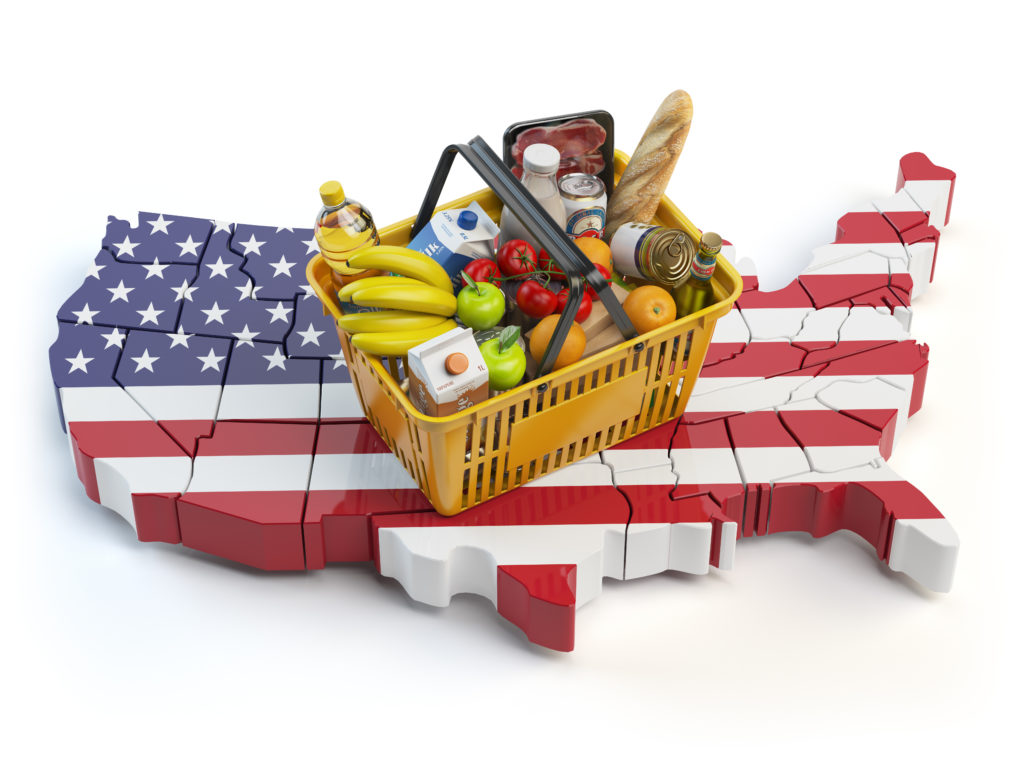You may hear the term “inflation” in the news nowadays as the economy emerges from the pandemic and the government printing press is operating at full-steam. In short, inflation is simply a measure of how much the price of goods and services are increasing—an economic indicator that is reported monthly by the federal government. But how does Uncle Sam measure price fluctuations?
Well it begins with identifying a group of goods that the typical American purchases. Thousands of consumers are surveyed to pinpoint which specific products to include. And it’s not simply broad categories like milk or cheese. They must establish a certain brand name, size (is it a gallon or quart of milk?), and location.
This “basket of goods” and its associated cost is then used to calculate and track what is referred to as the Consumer Price Index (CPI). The CPI, as tracked by the U.S. Bureau of Labor Statistics, includes everything from food to fuel, and from medical services to clothes. To stay current, the products included in the calculation are updated every four years to reflect the latest trends and preferences.
Most Americans notice when the price of their favorite cereal goes up or the cost at the pump spikes, but measuring changes on an economy-wide scale to calculate inflation is a bit more challenging. It’s a similar process, but A LOT more math.



